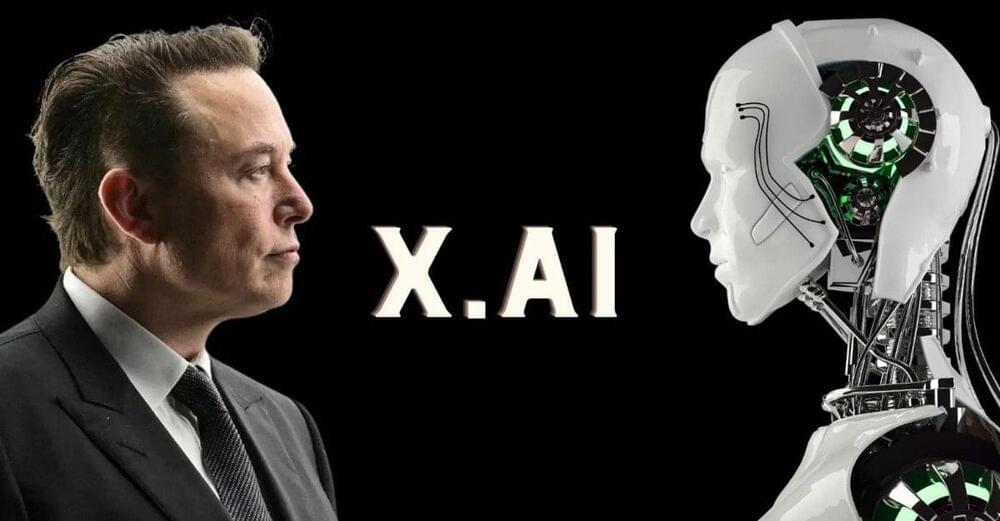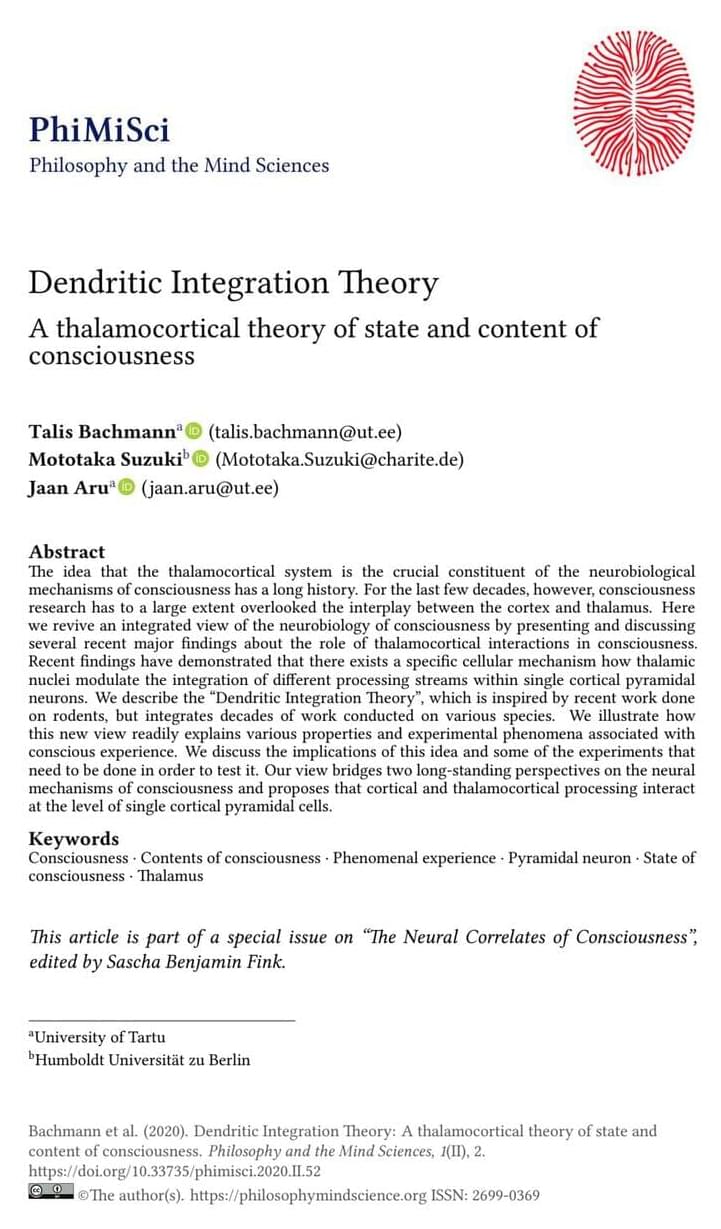May 25, 2024
Meta and Elon Musk’s xAI Compete for Partnership with Character.ai
Posted by Rx Sobolewski in categories: Elon Musk, robotics/AI
Meta and Elon Musk’s artificial intelligence (AI) startup, xAI, are both vying for a strategic partnership with Character.ai, an emerging player in the chatbot industry known for its innovative conversational agents. This competition highlights the escalating race in the AI sector to secure influential collaborations that could redefine user interactions with AI technologies.
Background on Character.ai
Character.ai, co-founded by ex-Google engineers Noam Shazeer and Daniel de Freitas, has gained considerable attention for its advanced conversational AI that allows users to interact with digital versions of various personalities, both real and fictional. The platform aims to deliver engaging and plausible dialogues, setting it apart from traditional AI models focused on factual accuracy.


















